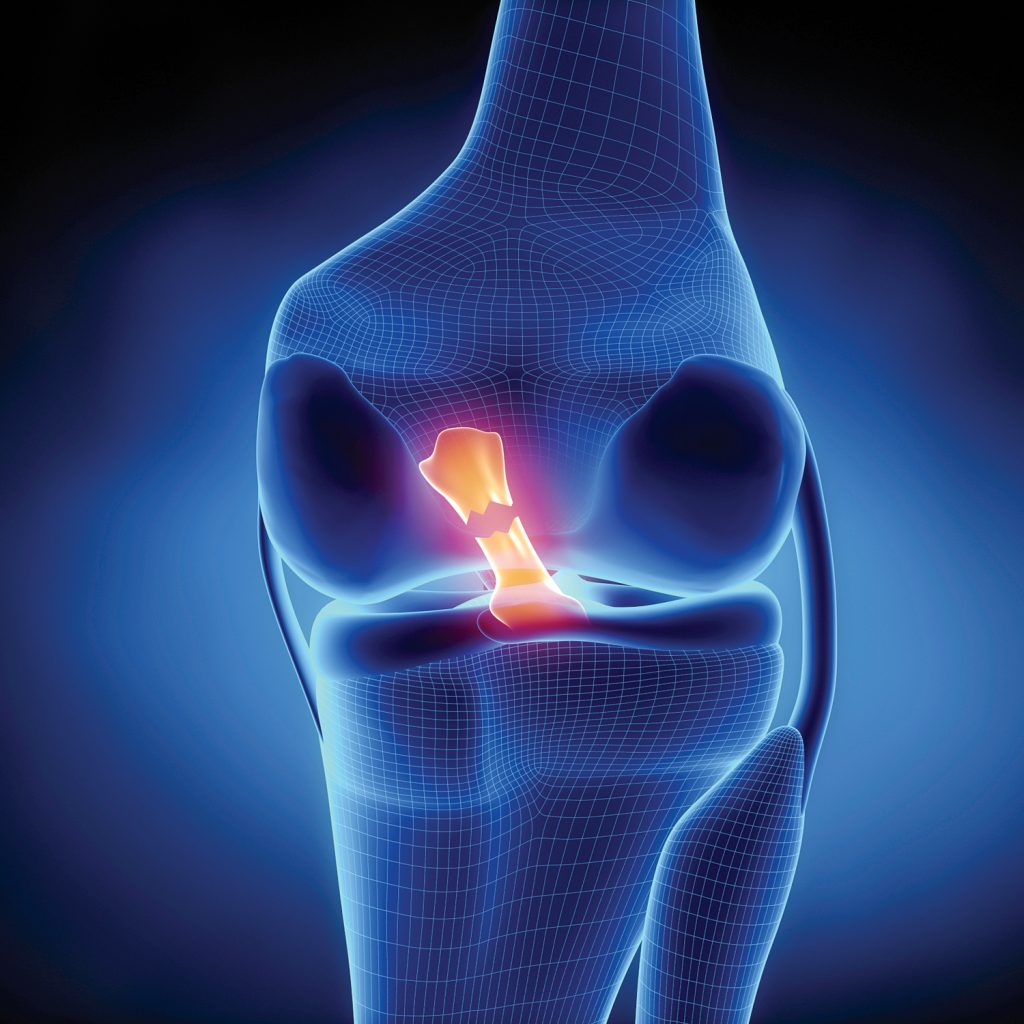Pressure can burst pipes or make diamonds. Some athletes crack under the immense stress while others become legends when they step up to a tense situation. But the most important pressure nowadays is not the metaphorical pressure of competition. It’s the actual pressure placed on the knees of these athletes.
In the past few years, it has become all too common for a star player to tear their Anterior Cruciate Ligament and have their season come to an abrupt end. Some of these players return at the same level or stronger, which has often been attributed to a combination of luck and hard work.
Minnesota Vikings running back Adrian Peterson had an MVP season following his torn ACL, Denver Broncos outside linebacker Von Miller won Super Bowl MVP after his and Toronto Raptors point guard Kyle Lowry has played a solid NBA career after suffering his. But for every one of them, there are countless more who have limped and fallen to the wayside.
Chicago Bulls point guard Derrick Rose, who was the NBA’s youngest ever MVP, has still not returned to form after his ACL tear. Washington Redskins quarterback Robert Griffin III, who set the NFL on fire as a rookie phenomenon, has yet to mentally recover from his torn ACL, and Golden State Warriors’ guard Shaun Livingston’s NFL days may be numbered after his explosive tear. Marcus Lattimore, the former South Carolina running back, suffered two tears, and his professional career with the San Francisco 49ers was cut short before it even got a chance to start.These men were fierce and talented competitors, but their bodies prematurely failed them.
This massive upswing in knee injuries in professional athletics begs the question. “What has caused this increase in torn ACLs?”
“Awareness and improvement in MRI technology has increased the rate and accuracy of diagnosis,” Dr. James Penna, chief of the sports medicine division of Stony Brook orthopaedic, said. “The rest is somewhat subject to debate and opinion…”
In order to truly understand some of the potential causes, one must first understand how the ACL works. According to an interview with ESPN, Dr. Tarek Souryal, the head team physician of the Dallas Mavericks, says, “The ACL is one of the four main ligaments in the knee and is the primary stabilizer. It’s the smallest of the four, but it serves the most important function: It stabilizes the knee for rotational movement. When you cut to change direction, that’s when the ACL comes into play.”
Therefore when one’s ligament is damaged or has been in the past, it can cause instability physically and most certainly will mentally. It’s like driving an old car on ice, you know you’re going to slide, but you just don’t know when.
Penna named modern turf substitutes a potential contributor to the upswing as well as sheer workload. “The other statistic, which I have yet to mention, is exposure, the hours of training and competition are vastly different from where we were even 10 years ago,” he said. “There is no offseason for any sport, there is no rest, there is very little true cross training. It is conceivable that rates (of injury) are not changed by much- it’s just the competitive hours of exposure are much higher.”
Heightened athleticism, coupled with shortened recovery time as well as increased knowledge of the injury itself, combined with advanced technology, may be the reason for this rash of severe injuries.
Each and every one of the athletes who sustains an ACL tear suffers a critical loss, whether it be a lost step, lost confidence, a lost mentality or quite possibly, a lost career. One wrong step and their livelihoods, their childhood dreams, everything they worked for and everything they adore flashes before their eyes.




Comments are closed.